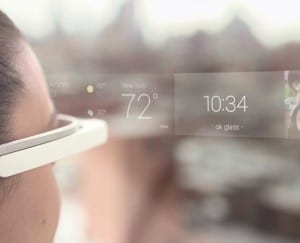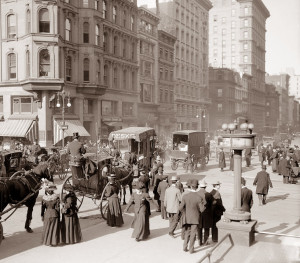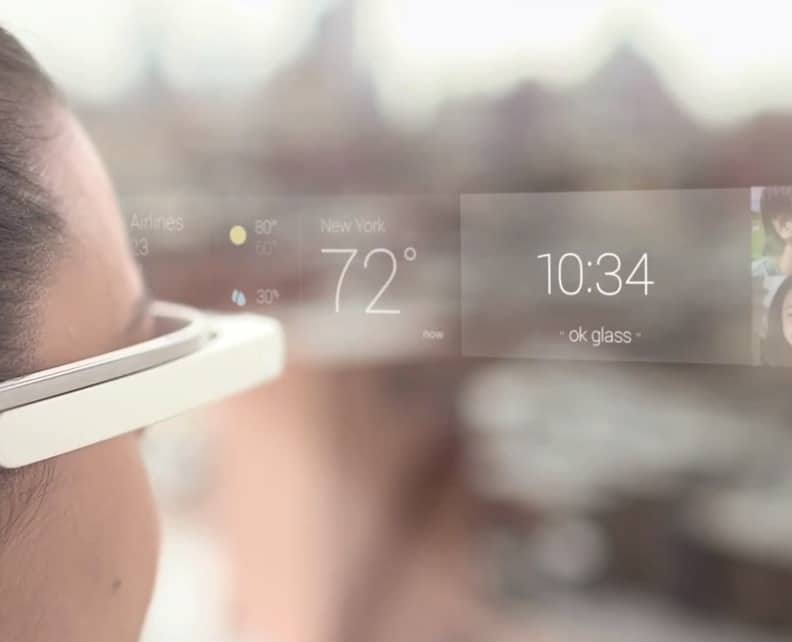Sometimes a technology becomes so ubiquitous and obviously useful that we (humans) cease to think critically about its shortcomings. As an illustration of this, imagine yourself teleported back in time to the island of Manhattan in 1900. You’d find a bustling metropolis, for sure. You might look around and notice that the people dressed differently, or that the skyline was different from what we’re used to.

But I bet one of the things you’d notice first was the stench emanating from the piles of horse manure and puddles of urine. As this (great) post at The Daily Kos points out, there were 200,000 horses working in New York City by 1900. Those horses were dropping 4 million pounds of manure and 40,000 gallons of urine on city streets every day. “The ubiquitous street sweepers could only pile the stuff up in vacant lots, occasionally to the height of sixty feet.

To the people of New York City, of course, this was just the cost of having a horse-based economy that was surely better and more efficient than the pre-horse economy. Today, it sounds like some crazy nightmare.
These kinds of thoughts came to mind last week when I got a chance to catch up with my good friend Jon Fisher over at CrowdOptic. They came to mind because Jon is one of those folks who can look around, without the benefit of hindsight, and see the absurdity of things that we all think of as totally normal, or at least inevitable. Top on Jon’s list these days: Facebook’s ubiquitous “Likes.”
“How much longer are sophisticated enterprises going to beg you to ‘Like’ them?” Fisher wondered out loud. “All these technologies are so clunky given the capabilities we have!”
The question is, of course, rhetorical. Fisher’s company, CrowdOptic, is in the business of figuring out what you “like” without you having to say so. It does this by leveraging the technology you carry with you to figure out what you’re paying attention to. I wrote about CrowdOptic last April under decidedly different circumstances. Back then, CrowdOptic was being used to analyze thousands of digital photos of the Finish Line of the Boston Marathon in an effort to zero in on those responsible for the horrific bombing that killed three people and injured 264 others – some horrifically.
Specifically, CrowdOptic’s technology extracted compass information from the EXIF information associated with images then used triangulation and other algorithms to identify “points of focus.”
But security (or surveillance, depending on how you look at it) is only one application of CrowdOptic’s technology and (for now) not the most interesting or profitable. These days, Fisher and CrowdOptic are positioning themselves to be the “killer app” for companies and marketers looking to leverage wearable technology like Google Glass.
“If I know where you’re looking, I can interact with you in an elegant way. I know that you’re interested if you’re looking at something. I don’t need a hashtag, I already know its significant.”
For now, CrowdOptic is working with companies like L’Oreal to try to leverage the current generation of “ubiquitous” technology – smart phones. In June, the two companies partnered on an “augmented reality” demonstration at the Luminato Festival in Toronto. Festival goers who downloaded a special mobile phone application could point their phones at different places around David Pecaut Square and view a “virtual gallery” of artworks on their mobile phone screens that they could interact with. The interactive exhibits were placed in such a way that individuals’ interactions with them, captured on a giant “heat map,” traced the shape of the Lancôme rose the size of a city square. Now, just replace those interactive pieces of art with product advertisements or location-based offerings, and you get a sense where all this is leading.
And technology like Google’s Glass is a huge leap forward for a company like CrowdOptic. The truth is: relying on users holding their cell phone cameras aloft to get a sense of where their attention is focused is useful at festivals, sporting events and concerts – occasions where we’re inclined to want to make a photographic record. But it doesn’t work so well for the more prosaic moments of our everyday life, during which most of us leave our phones in our pockets.
“I think the entire DNA of our company is to fulfill for wearable technology like Google Glass,” Fisher told me. CrowdOptic’s “secret sauce” is in understanding common focus of multiple devices, given input from a variety of feeds: compass, accelerometer, video, GPS, and so on.
The next stage is more interactive events: allowing fans in the living room or the stands experience a game from the quarterback’s point of view. Last month, CrowdOptic demonstrated an application for Glass and mobile devices that allowed users to launch a Hangout On Air based around a group focus (that is: what multiple people are looking at). “You can now start or join a video stream just by looking at it,” Fisher says.
In the long term, Fisher sees an opportunity to infuse even ordinary moments with crowd-based intelligence. “Think about contextual queuing,” he says. “Say you need to find the bathroom at an event. You can harness the decision making power of one thousand other people using an apparatus like glass to navigate more intelligently in that context.”
“It’s not about the experience or what we can bring to the viewer,” Fisher said. “I think its about speed. When you can exchange vantage points it gives you a different perspective. It makes you faster and more enlightened about your surroundings.”
This is all early days. Fisher notes that Glass is still all but invisible in the population at large. And there are, of course, serious privacy concerns that go hand in hand with much of what his company (and others) are exploring.
“Privacy is an issue that you can’t get around,” he says. But he’s also quick to point out that CrowdOptic isn’t collecting more or different data from users than they’re already surrendering to mobile advertising and app companies. “We don’t know anything about you except your line of sight. If that spooks you – compared to other location based services – I can understand that,” he told me. “But our answer is emphatically that our technology makes the world and your user experience and operations a lot better.”
Stay tuned.


